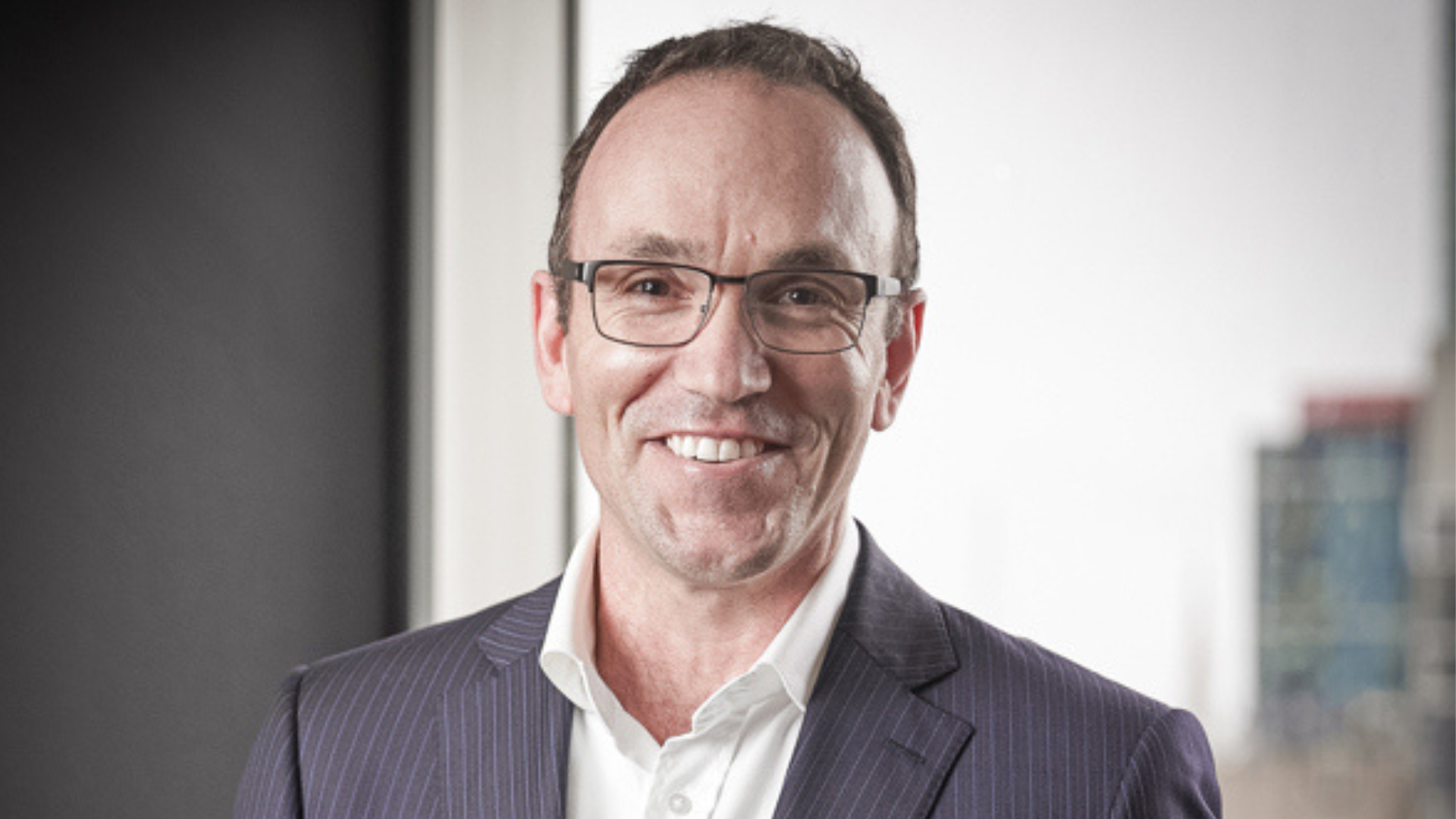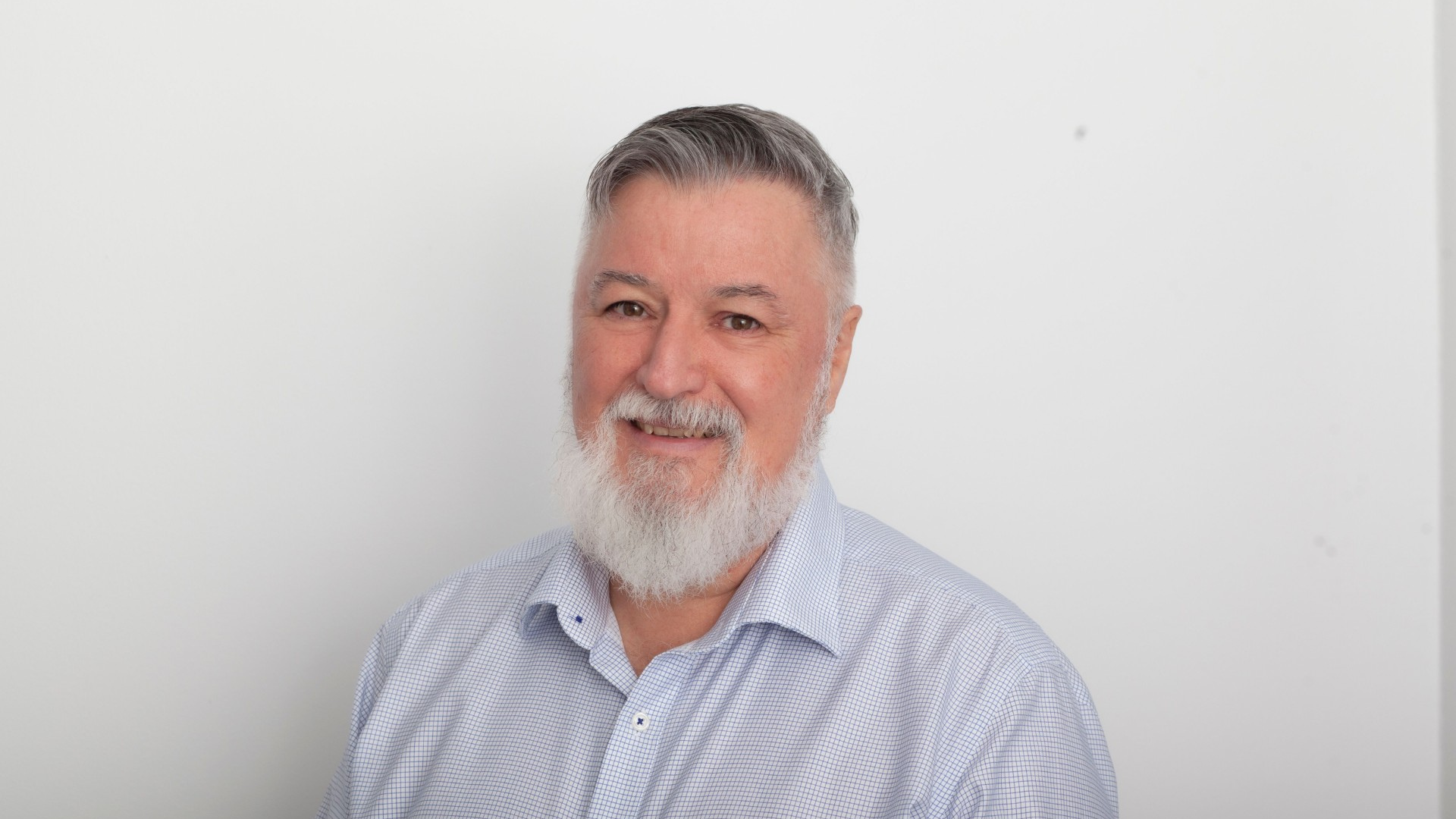How investors came to dominate corporate lending
Ken Kencel
Lending to medium-to-large corporates has taken on a different hue in recent years. Pension funds, generally through their fund managers, are now the most important group of lenders ahead of the major banks, especially in the US. The restructuring of GE Capital and its parent in April this year confirmed the permanence of the trend.
According to a leading US fund manager specialising in middle-market senior secured loans, Churchill Asset Management, a combination of post-GFC regulations, including the global Basel III banking rules, has changed the landscape. GE Capital was the largest in the middle-market lending business but it was “dismembered”, according to the Financial Times, as the parent returned to its industrial roots.
Kenneth Kencel, Churchill’s president and chief executive, said in Sydney last week, that senior secured loans represented one of only four real options for institutional investors looking for yield with potentially good risk-adjusted returns. The other three are: broadly syndicated large-cap loans from banks; high-yield bonds; and, opportunistic credit. A diversified portfolio of senior loans made to middle-market companies will generally return a yield of 6-7 per cent.
Kencel, who relaunched Churchill, coincidentally in April this year too, as an affiliate of the big multi-affiliate manager TIAA-CREF, said the banks were now concentrating on very large loans only, their covenants were usually not very strong and the leverage they employed had crept up. High-yield bonds had more risk because they were fixed rate, compared with the floating rates preferred by Churchill, and generally low covenant protection. And opportunistic credit, which includes distressed debt, was higher risk still, although it has performed well as an asset sub-class and raised a lot of money from investors since the GFC.
Churchill confines its lending activities to the North American market, primarily because of its size. There are more than 350,000 companies in the fund manager’s universe, which, if it was grouped together as a country, would be the fourth-largest in the world for GDP.
But the activities of the banks are different in some other countries, such as Australia, Shai Vichness, the head of senior leveraged lending for TIAA CREF Private Markets, who accompanied Kencel on the Australian trip, said there was a lot of demand for loans in the US but a shrinking supply of lenders. The banks were still active in the sector in Australia, he said.
“Middle-market loans [in the US] are now almost completely the preserve of institutional investors. Investors do the loan because they like the loan – not as a distributor to pass it onto someone else.”
Churchill is happy to co-invest with its client pension funds, managing TIAA-CREF’s own money too, which makes it unusual and is normally an attractive arrangement for big super funds.
The consolidation among banks accelerated after the GFC but actually started several years earlier. Kencel shows a chart which lists 37 US banks which have merged, since the mid-1990s, into just four: Citi, JP Morgan Case, Bank of America and Wells Fargo.










